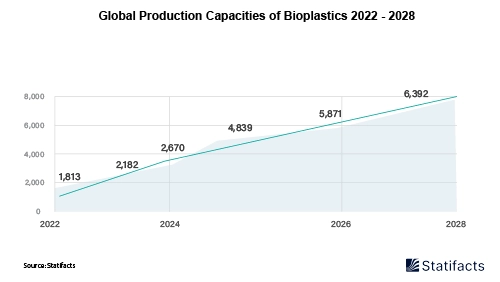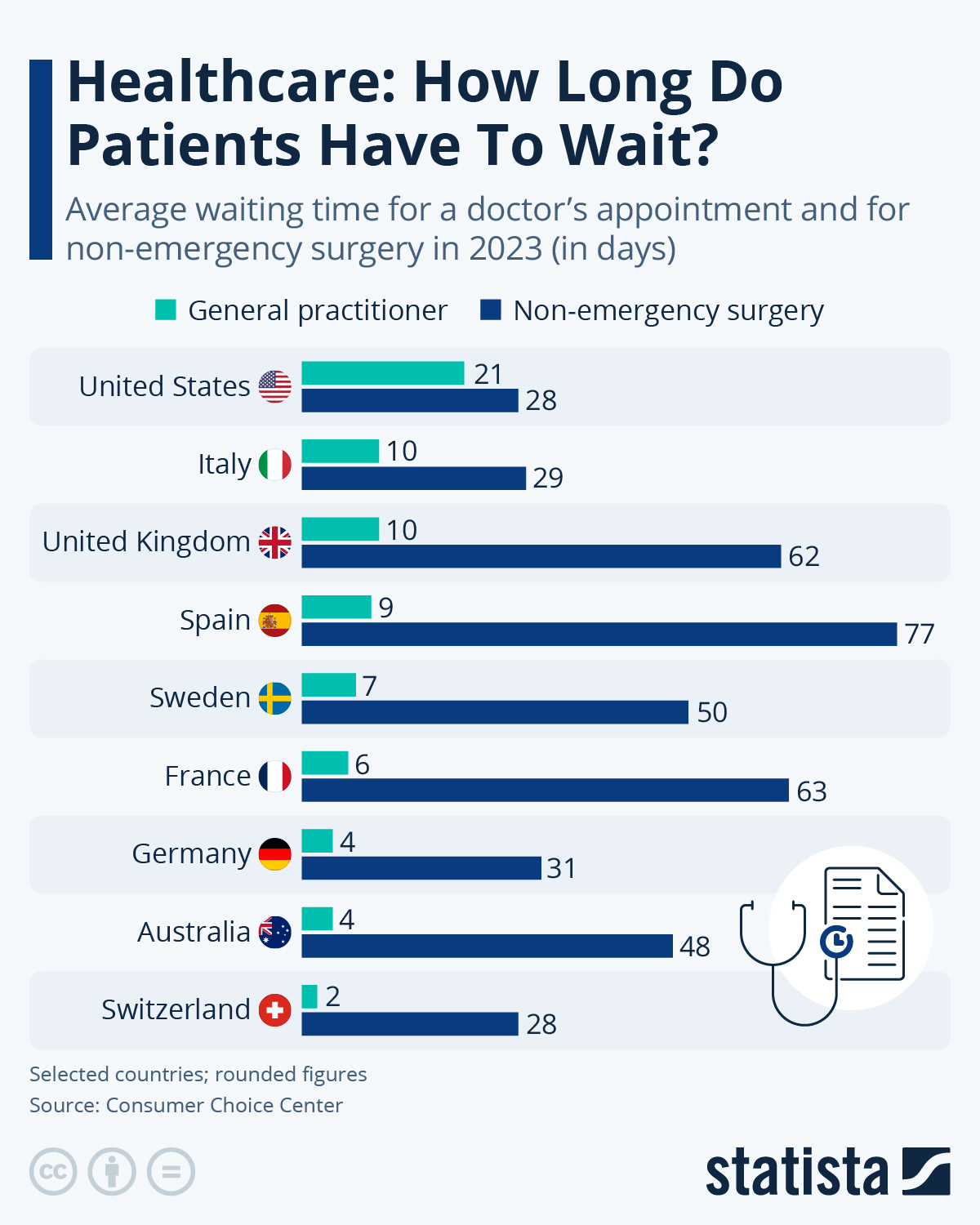
27 May 2025
As per European Bioplastics data as well as a report released in 2023 by the NOVA Institute, worldwide bioplastics production is expected to increase more than twofold by 2026, reaching from about 2.2 million tons in 2023 to over 4.8 million tons in 2026. Following stagnation in production by plastics worldwide during recent years, the total plastic production worldwide is now increasing once more in 2023. The reason behind this trend is increasing demand coupled with the opening up of more advanced applications and products. Worldwide bioplastics manufacturing capacity is projected to grow substantially from approximately 2.18 million tonnes in 2023 to about 7.43 million tonnes in 2028. Asia is expected to lead this bioplastics production boom, with over 60% of global bioplastics manufacturing capacity projected to be based in the region by 2026.


There are many variations of passages of Lorem Ipsum available, but the majority have suffered alteration in some form
URL TO BE USED AS REFERENCE LINK:
Placeholder content for this accordion, which is intended to demonstrate the .accordion-flush class. This is the first item's
accordion body.
Placeholder content for this accordion, which is intended to demonstrate the .accordion-flush class. This is the second item's
accordion body. Let's imagine this being filled with some actual content.
Placeholder content for this accordion, which is intended to demonstrate the .accordion-flush class. This is the third
item's accordion body. Nothing more exciting happening here in terms of content, but just filling up the space to make it look, at least at
first glance, a bit more representative of how this would look in a real-world application.
Do you still any question?
Feel free to contact us anytime using our contact form or visit our FAQ page.
Your contact to the Infographics Newsroom
